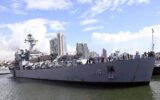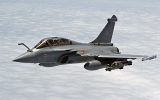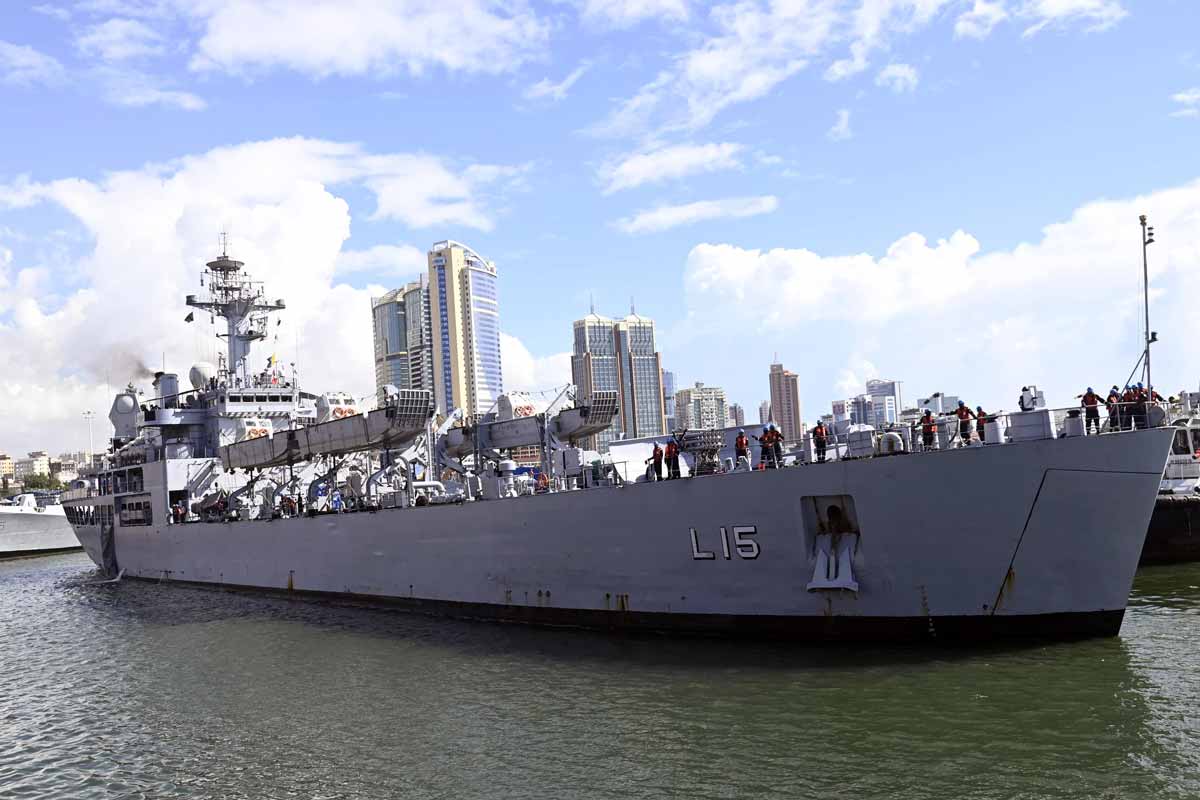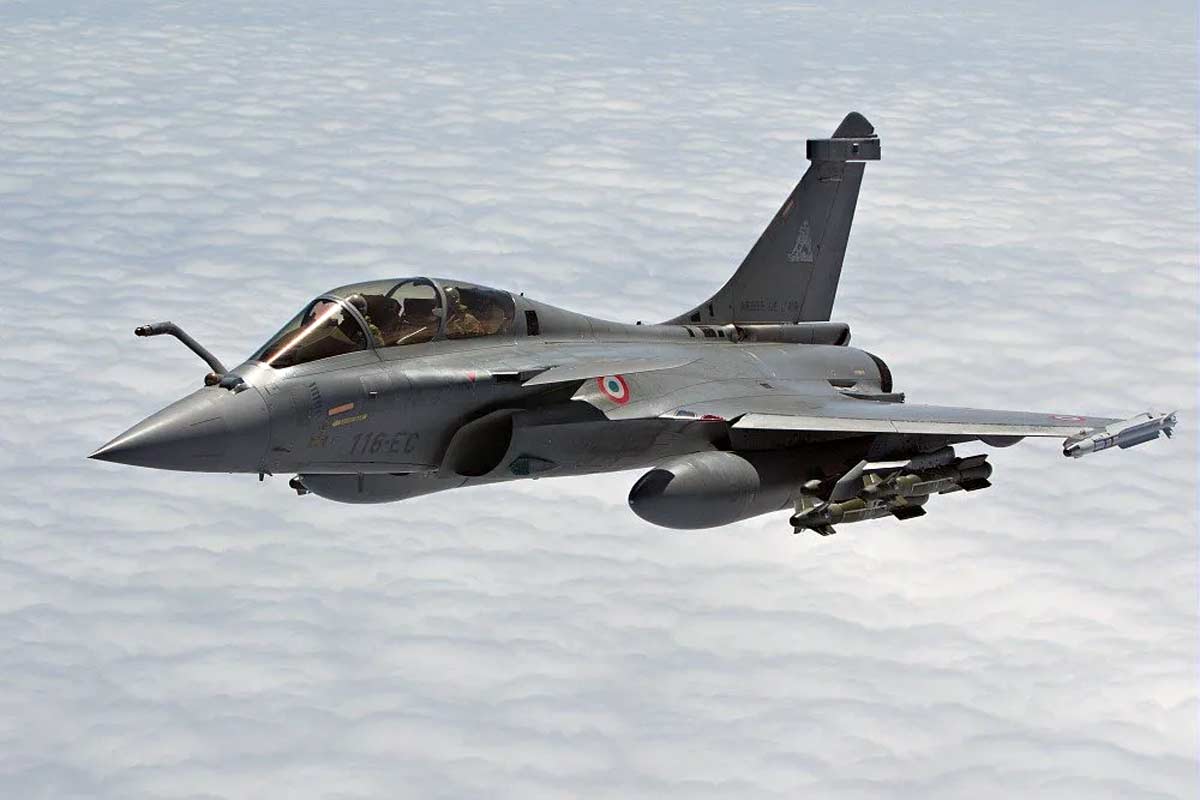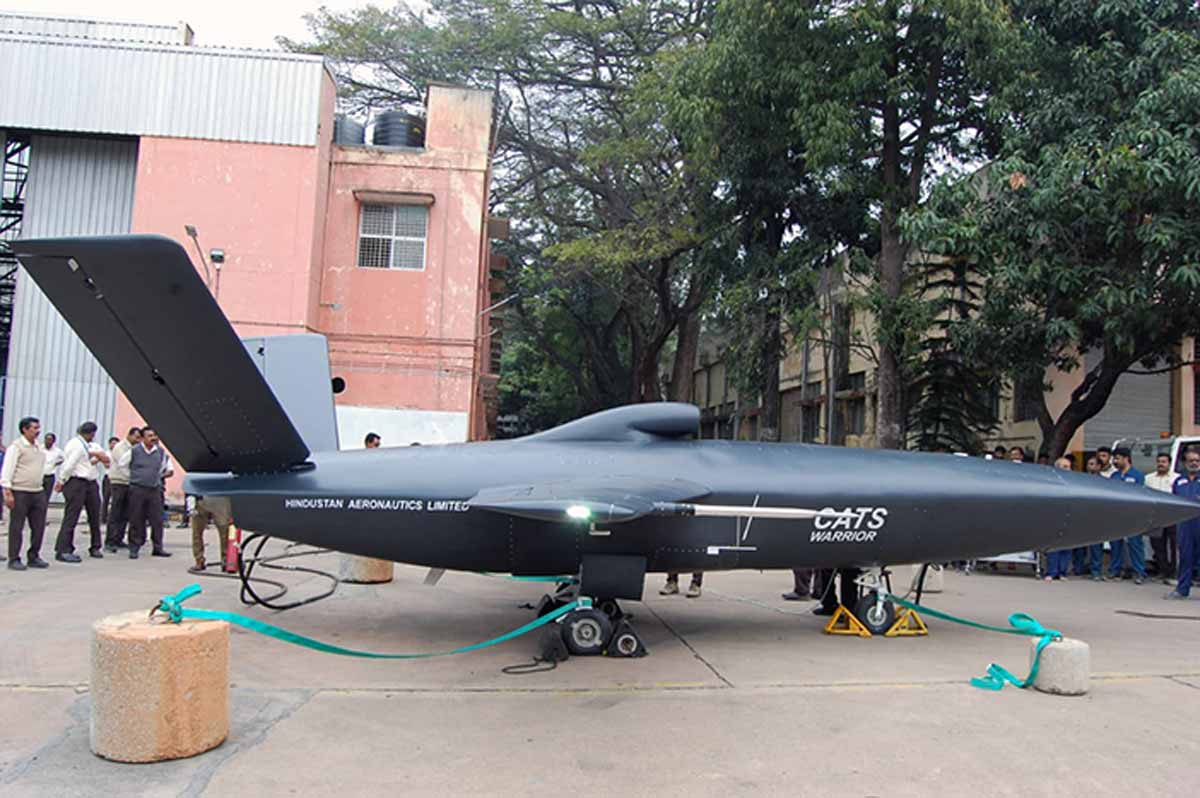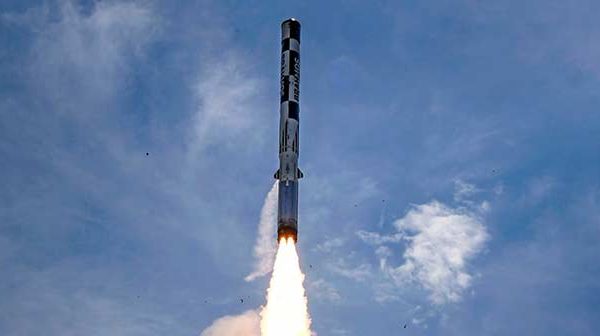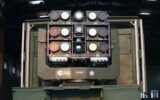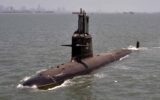INS Vikrant completes 4th phase sea trials: India’s indigenously designed and developed aircraft carrier INS Vikrant has completed the fourth phase of sea trials on Sunday (July 10, 2022) and is ready for induction in the navy next month when the country completes 75 years of its independence.
The defence ministry said the fourth phase of sea trials for IAC has been successfully completed on Friday, during which integrated trials of majority of equipment and systems onboard including some of the Aviation Facilities Complex equipment were undertaken.
“The ship’s delivery is being targeted in end of July, followed by commissioning of the ship in August this year to commemorate ‘Azadi ka Amrit Mahotsav’,” the MoD said.
The Indigenous design and construction of aircraft carrier by the Indian Navy and Cochin Shipyard Limited is a shining example in the Nation’s quest for a self reliant India under the AatmaNirbhar Bharat and Make in India Initiative with more than 76% indigenous content of the mighty warship.
READ: Govt will probe electric vehicle fire incidents: Transport Secretary
This has led to growth in indigenous design and construction capabilities, besides development of large number of ancillary industries, with employment opportunities for over 2,000 CSL personnel and about 12,000 employees in ancillary industries, said the government.
India has completed maiden sea trials of its first indigenous aircraft carrier in August last year and since then the mighty warship has been undergoing different trials to test its machinery and weapon suit.
The first trial was followed by second and third phases of sea trials in October last year and January this year with the completion of the fourth sea trial on Sunday (July 10), the warship is ready for delivery to Indian Navy this month.
During these three phases of sea trials, endurance testing of propulsion machinery, electrical and electronic suites, deck machinery, lifesaving appliances, ship’s navigation and communication systems was undertaken.
READ: Suman Bery takes charge as Niti Aayog Vice Chairman
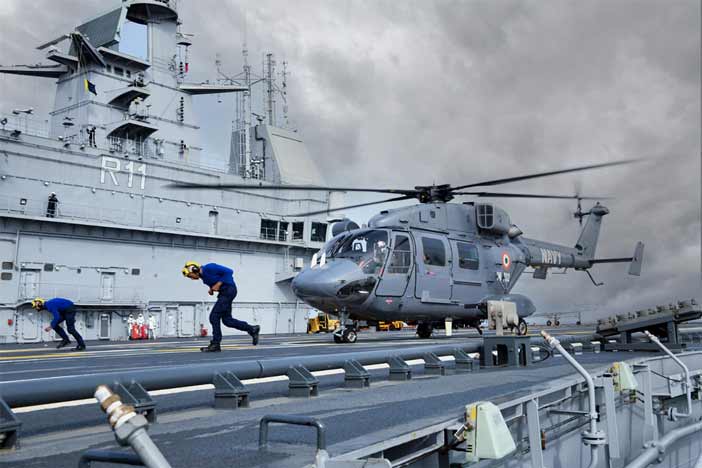
HAL’s Dhruva helicopter on INS Vikrant.
READ: Pratt & Whitney begins setting up new Capabilities Center in Bengaluru
Indigenous Aircraft Carrier INS Vikrant
India’s first indigenous aircraft carrier INS Vikrant is 262 metres (860 ft) long and 62 metres (203 ft) wide, and displaces about 45,000 metric tons (44,000 long tons).
The warship has a short-take-off-but-arrested-recovery (STOBAR) configuration with a ski-jump. The deck is designed to enable aircraft such as the MiG-29K to operate from the carrier.
The ship is expected to carry an air group of up to thirty aircraft, which will include up to 24–26 fixed-wing combat aircraft, primarily the MiG-29K, besides carrying 10 Kamov Ka-31 or Westland Sea King helicopters.
While the Ka-31 will fulfill the airborne early warning (AEW) role and the Sea King will provide anti-submarine warfare (ASW) capability.
READ: New form for filing Income Tax Returns
Recently, India has also tested the naval version of French fighter jet Rafale, known as Rafale M, and Boeing’s F-18 Super Hornet from a shore based test facility INS Hansa located in the western state of Goa to assess their suitability for operations from INS Vikrant.
INS Vikrant is powered by four General Electric LM2500+ gas turbines on two shafts, generating over 80 megawatts (110,000 hp) of power. The gearboxes for the carriers were designed and supplied by Elecon Engineering.
The ship’s combat management system (CMS) was developed by Tata Power Strategic Engineering Division in collaboration with Weapon and Electronics System Engineering Establishment and MARS, Russia.
It is the first CMS developed by a private company for the Indian Navy, and was handed over to the Navy on 28 March 2019.
READ: HAL’s Advanced Light Helicopters inducted in tri-services command at Nicobar



